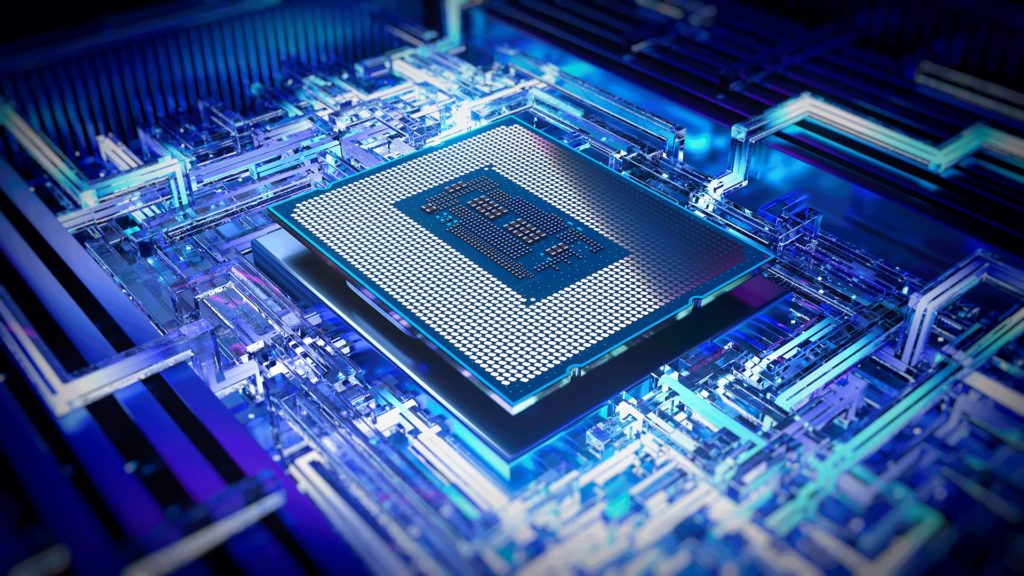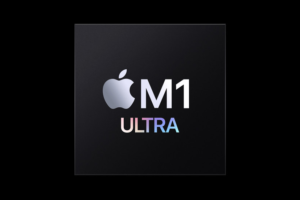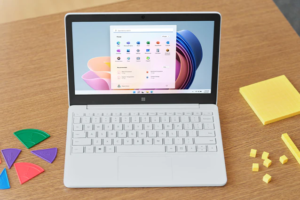Mobile processors play a crucial role in powering the performance of modern smartphones and other mobile devices. These processors, also known as Systems on Chips (SoCs), are responsible for handling various tasks, including running applications, handling graphics, managing connectivity, and more. As of 2023, there are several powerful mobile processors available in the market.
In this article, we will explore the top 7 mobile processors that stand out for their performance, efficiency, and capabilities. Here are the top commonly used Mobile SoCs;
Related: From Nokia to Samsung: Here are The Unique Operating Systems of Feature Phones
1. Apple A-Series
Apple’s A-series processors are exclusive to their iPhone and iPad devices. These processors are designed by Apple and are known for their top-notch performance and optimization with iOS and iPadOS. The A-series chips feature custom-designed CPU and GPU cores, delivering industry-leading performance and energy efficiency.

Additionally, Apple integrates its Neural Engine into these processors, providing outstanding AI capabilities for tasks like facial recognition and augmented reality. With each new iteration, Apple’s A-series processors set new benchmarks for mobile performance, making iPhones and iPads some of the fastest devices in the market.
- The most and current powerful one is A16 Bionic by the time of writing this article.
2. Qualcomm Snapdragon Series
The Qualcomm Snapdragon series is a well-known and widely used family of mobile SoCs. Manufactured by Qualcomm Technologies Inc., Snapdragon processors are found in a plethora of smartphones, tablets, laptops, smartwatches, and other devices. These processors utilize the ARM architecture and offer multiple CPU cores, Adreno graphics processing units (GPUs), Hexagon digital signal processors (DSPs), Qualcomm Spectra image signal processors (ISPs), and more.
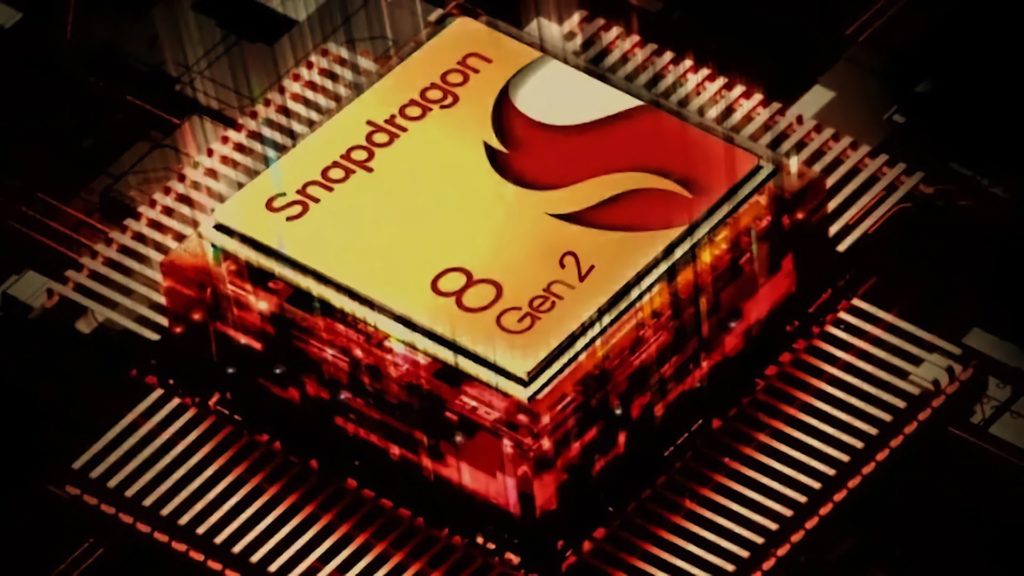
Snapdragon SoCs are known for their advanced wireless connectivity options, excellent camera capabilities, and support for artificial intelligence (AI) acceleration. They are available in various models, including Snapdragon 8, Snapdragon 7, Snapdragon 6, Snapdragon 4, and Snapdragon 2.
- The most and current powerful one is Snapdragon 8 Gen 2 by the time of writing this article.
Related: 5 Great Linux Operating Systems to Try Out in 2023
3. Samsung Exynos Series
Samsung’s Exynos series of processors are mainly used in their own smartphones and some other devices. These processors are designed by Samsung and utilize the ARM architecture. They offer a combination of powerful CPU cores, Mali GPUs, and advanced AI capabilities.
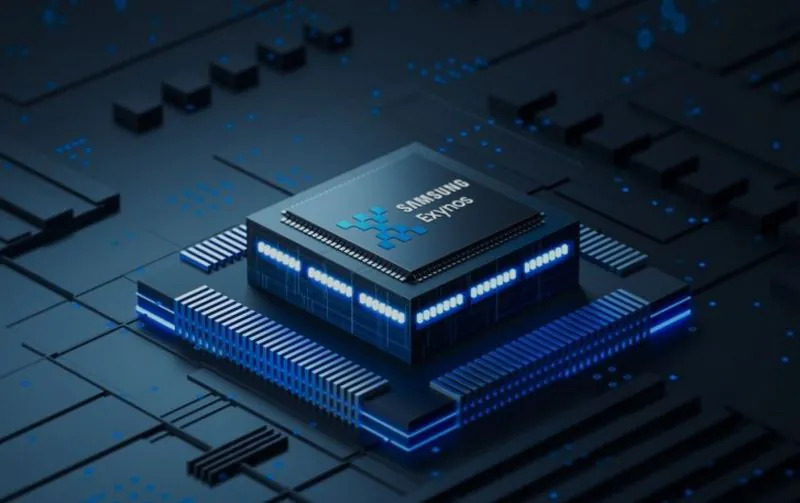
Exynos processors are known for delivering excellent performance and energy efficiency, contributing to a smooth and responsive user experience. They are often found in flagship Samsung smartphones, providing seamless multitasking and gaming performance.
- The most and current powerful one is Exynos 2200 by the time of writing this article.
4. MediaTek Dimensity Processors
MediaTek is another prominent player in the mobile processor market. Their processors are commonly found in smartphones, tablets, smartwatches, IoT devices, and Smart TVs. Similar to Qualcomm Snapdragon, MediaTek processors utilize the ARM architecture and offer a wide range of CPU cores, Mali or PowerVR GPUs, and support for advanced features such as AI processing and high-resolution cameras.
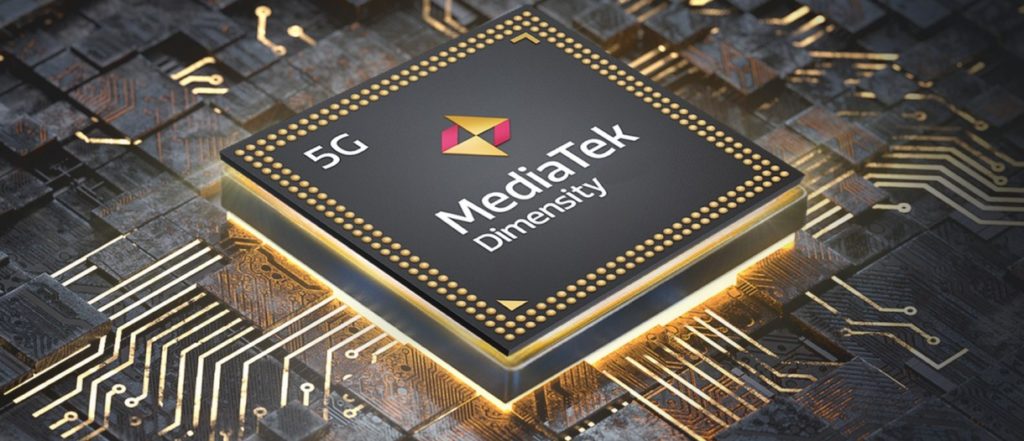
They are available in various configurations, ranging from single-core to octa-core processors. MediaTek processors are known for their competitive performance and cost-effectiveness, making them popular choices in mid-range and budget-friendly smartphones.
- The most and current powerful one is Dimensity 9200 Plus by the time of writing this article.
Related: AMD Discloses Its Naming Scheme For 2023 Processors
5. Google Tensor
Google Tensor is a system-on-a-chip (SoC) designed by Google for its Pixel smartphones. It was first announced in October 2020, and it powers the Pixel 5 and Pixel 5a smartphones. Google Tensor is based on the ARMv8-A architecture and is manufactured by Samsung Foundry using a 5nm process. It features a custom-designed CPU, GPU, and machine learning (ML) accelerator.
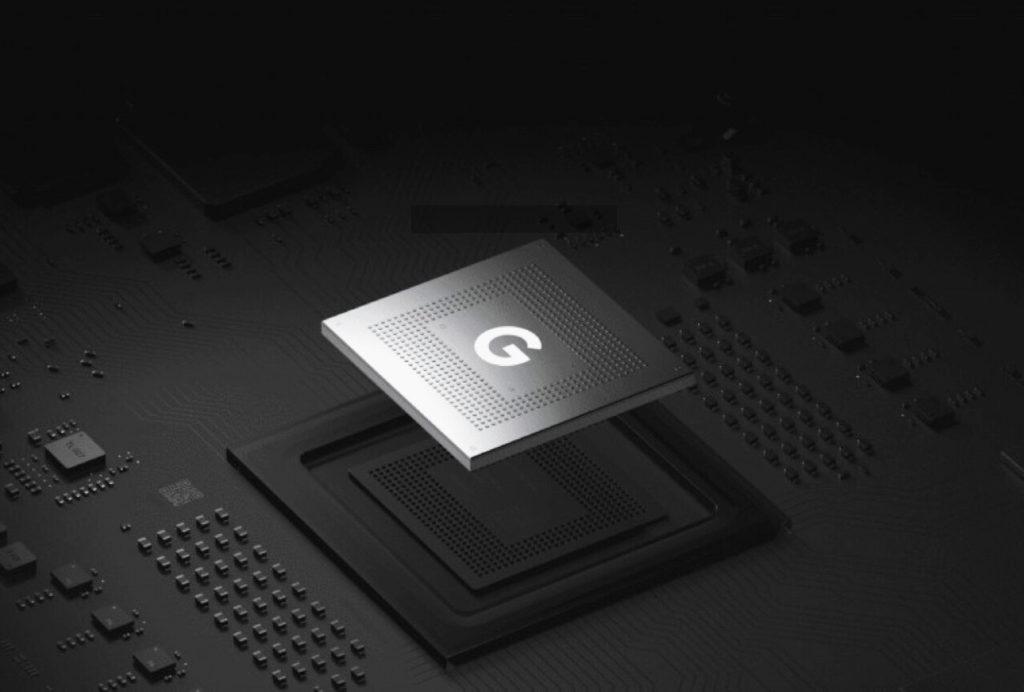
The CPU in Google Tensor is a custom-designed six-core design. It consists of two high-performance cores, two high-efficiency cores, and two low-power cores. This allows Google Tensor to balance performance and battery life.
- The most and current powerful one is Tensor G2 by the time of writing this article.
6. HiSilicon K-Series
HiSilicon is a fabless semiconductor company based in Shenzhen, China. It is a subsidiary of Huawei Technologies, and it designs and manufactures a variety of semiconductors, including system-on-a-chips (SoCs).
HiSilicon SoCs are used in a variety of Huawei products, including smartphones, tablets, wearables, and routers. They are also used in products from other manufacturers, such as Honor and Honor Magic.
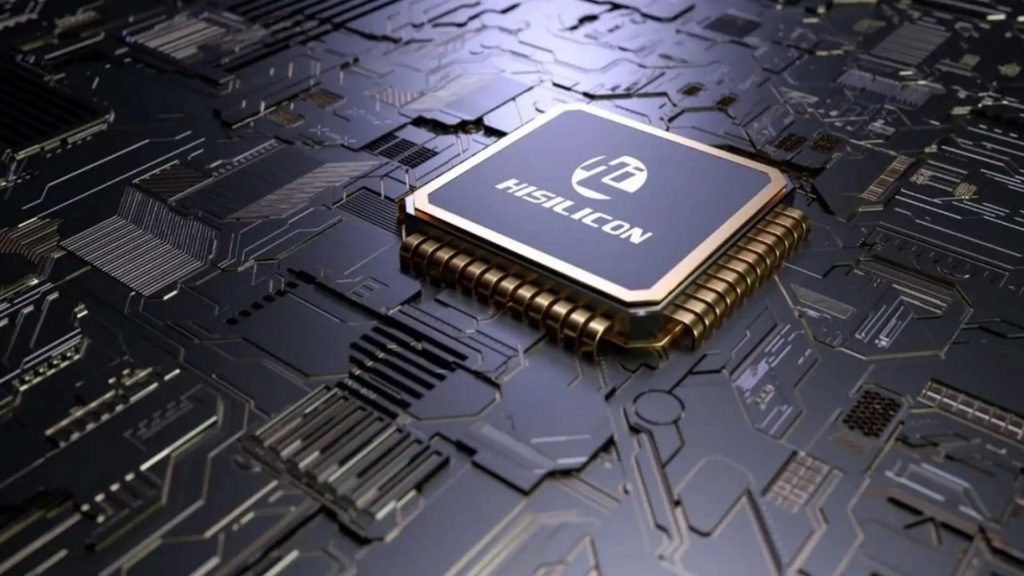
HiSilicon SoCs are known for their performance, power efficiency, and integration. They often feature custom-designed CPU, GPU, and NPU cores, as well as other features such as image signal processors (ISPs) and modems.
- The most current & powerful one is Kirin 9000 by the time of writing this article.
Related: The difference between CPU and Cores
7. UNISOC (Spreadtrum) Processors
UNISOC, formerly known as Spreadtrum, offers a range of processors for smartphones, tablets, laptops, smartwatches, and other devices. These processors are used in various entry-level and mid-range devices, providing a cost-effective solution for manufacturers.
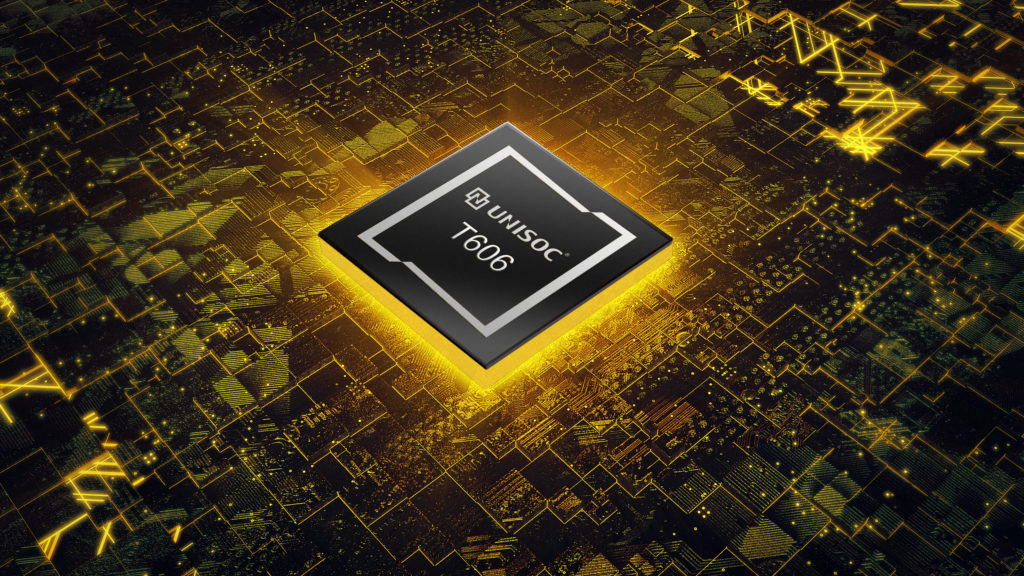
UNISOC processors are designed with ARM cores, integrated GPUs, and wireless modems. While they may not compete with the top-tier processors in terms of performance, they offer a balance between price and functionality for budget-conscious consumers.
- The most and current powerful one is Tiger T770 by the time of writing this article.
Conclusion
Mobile processors have come a long way, revolutionizing the capabilities of smartphones and other mobile devices. As technology continues to evolve, we can expect further innovations and improvements in mobile processors, leading to even more powerful and efficient mobile devices in the future.
Discover more from Dignited
Subscribe to get the latest posts sent to your email.


